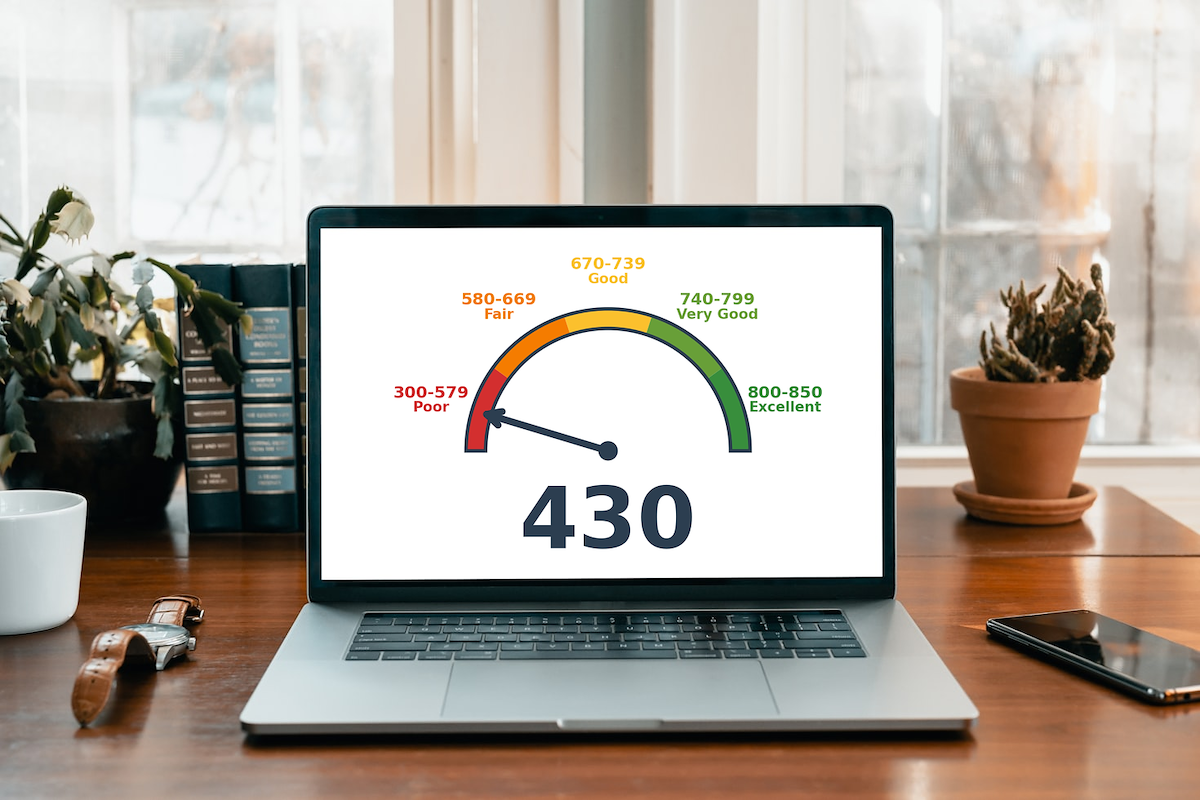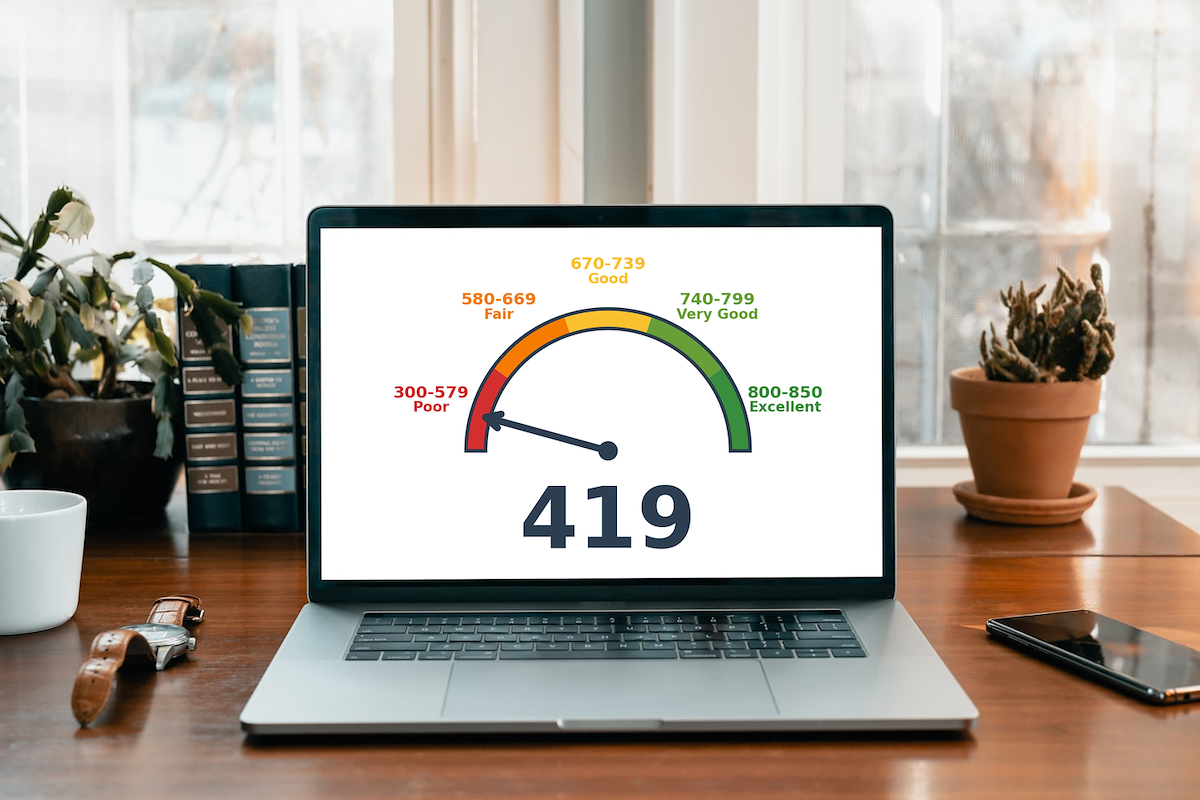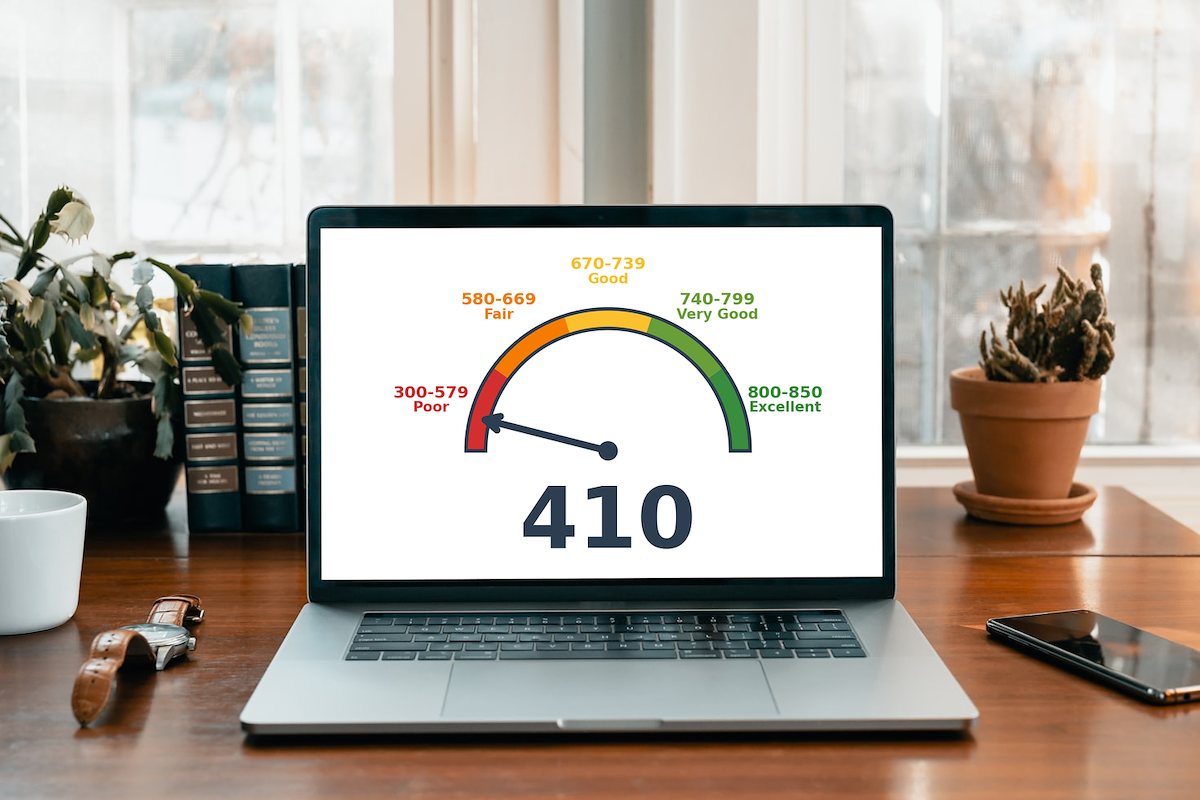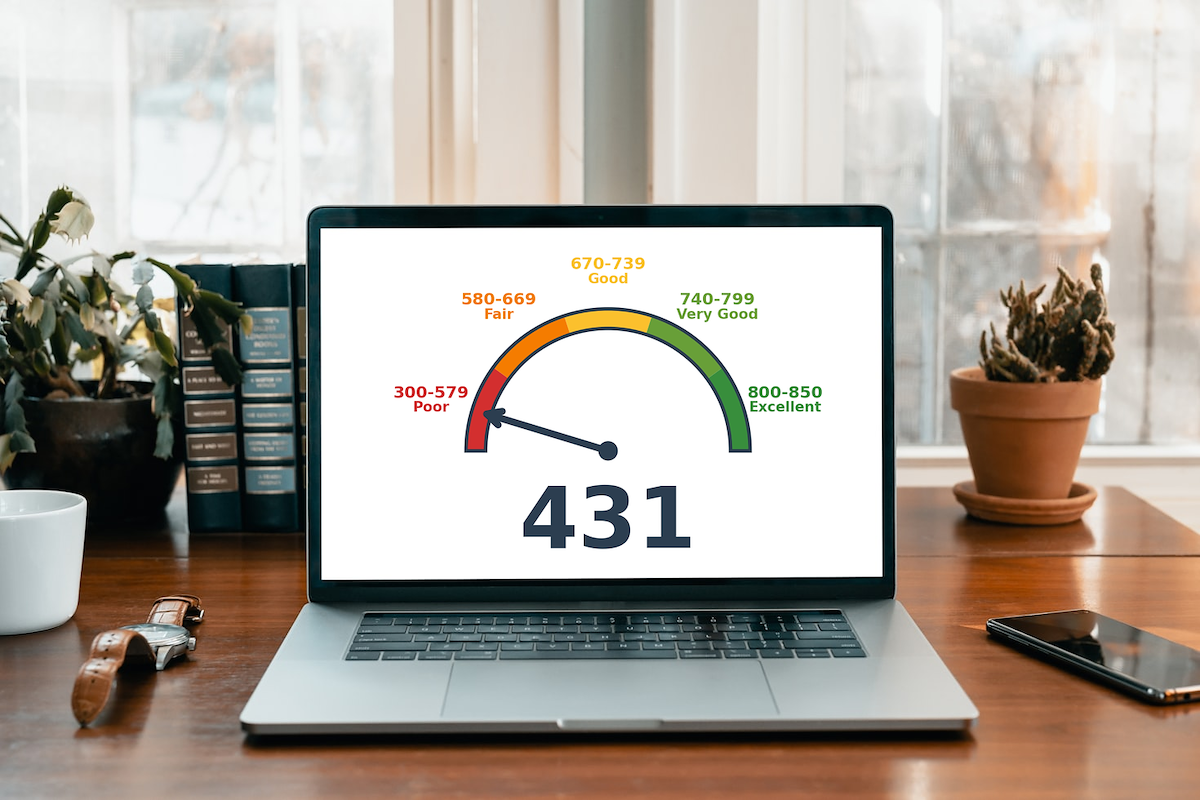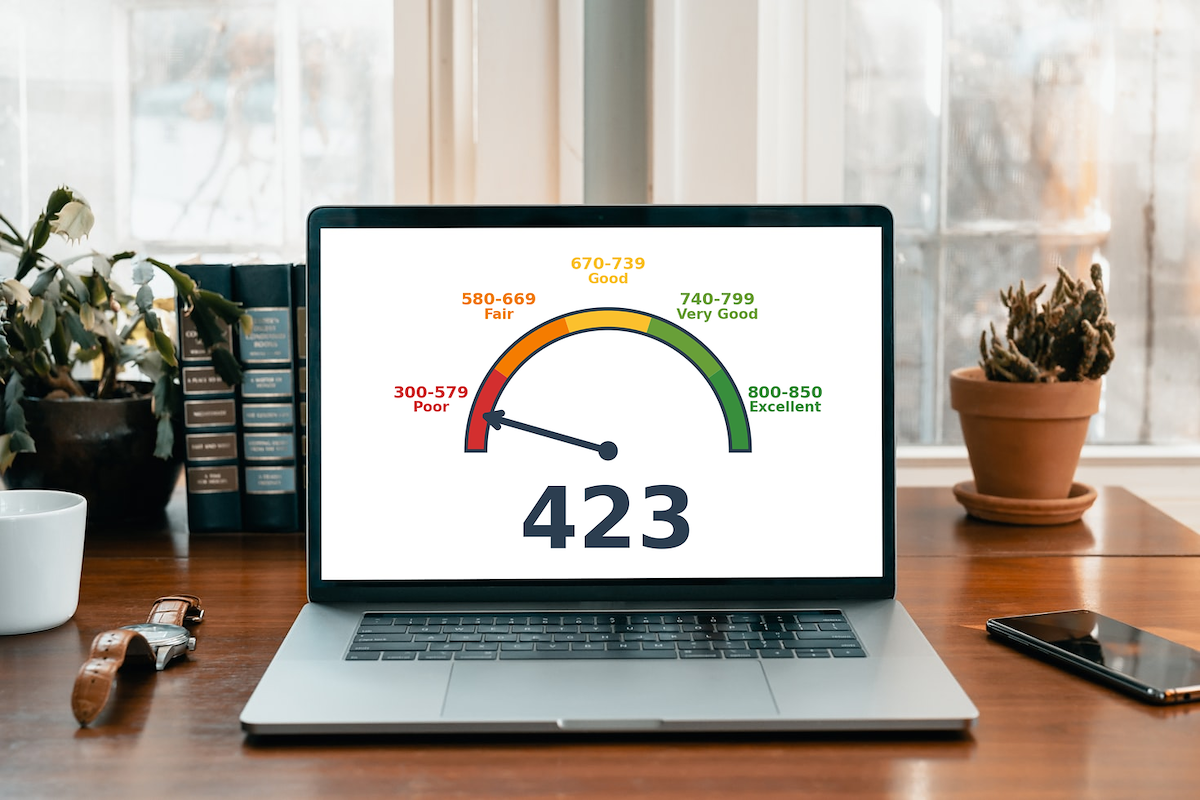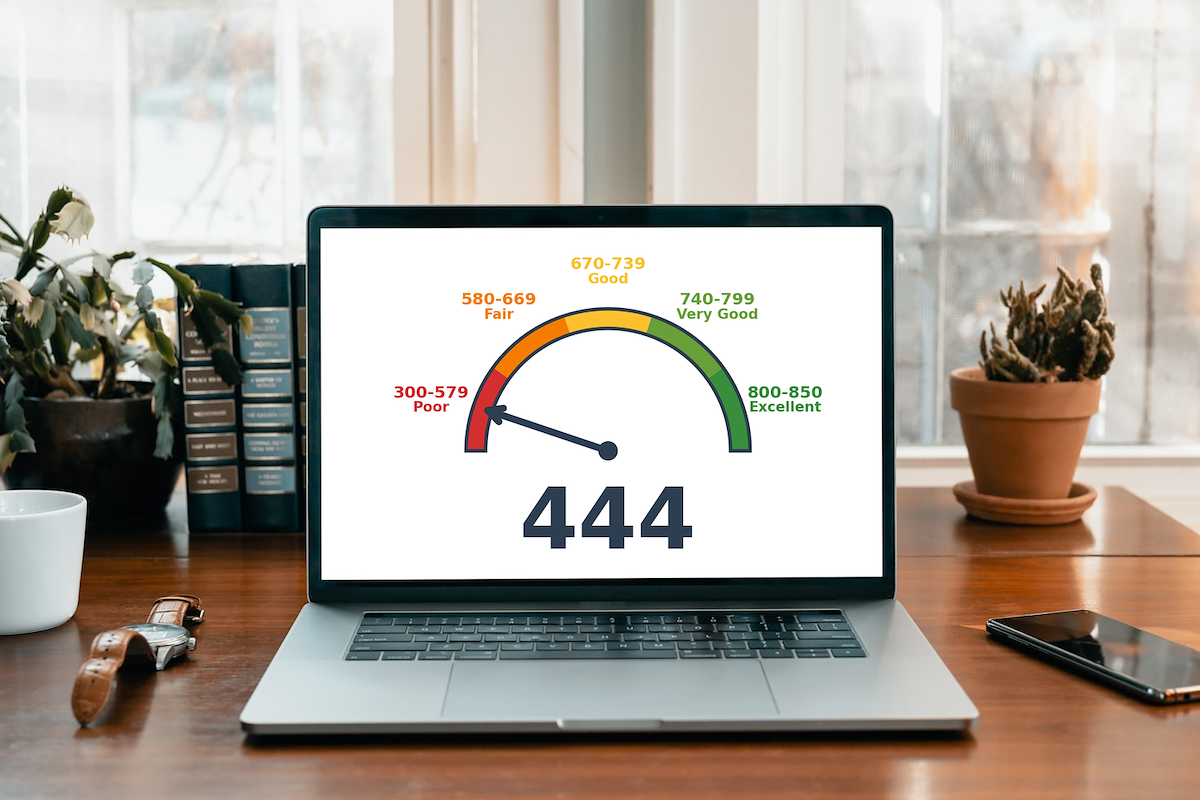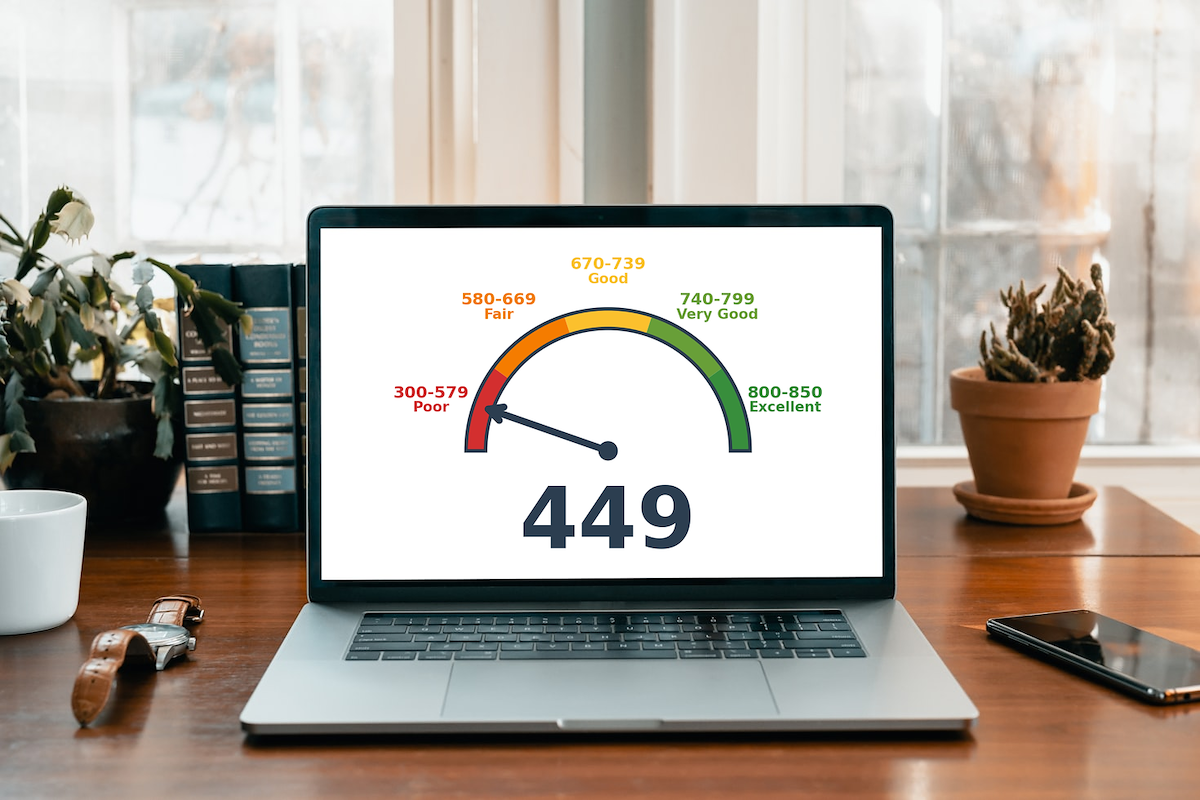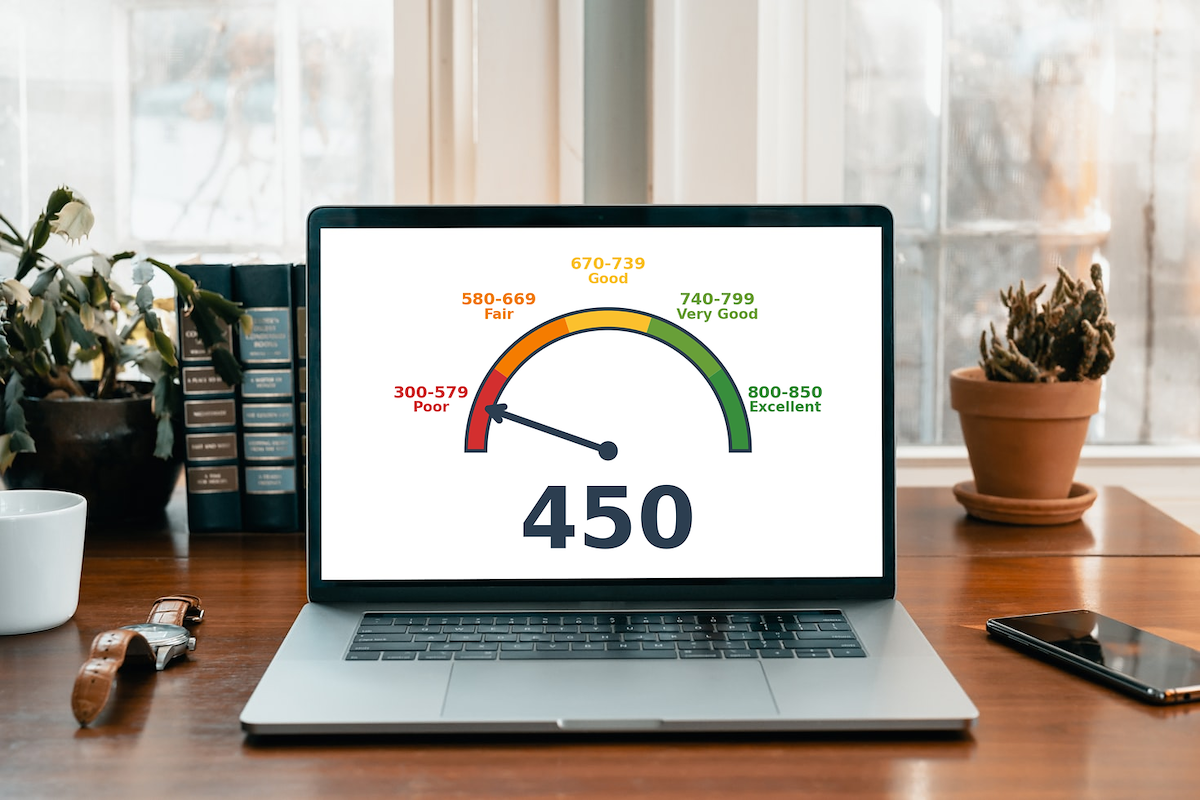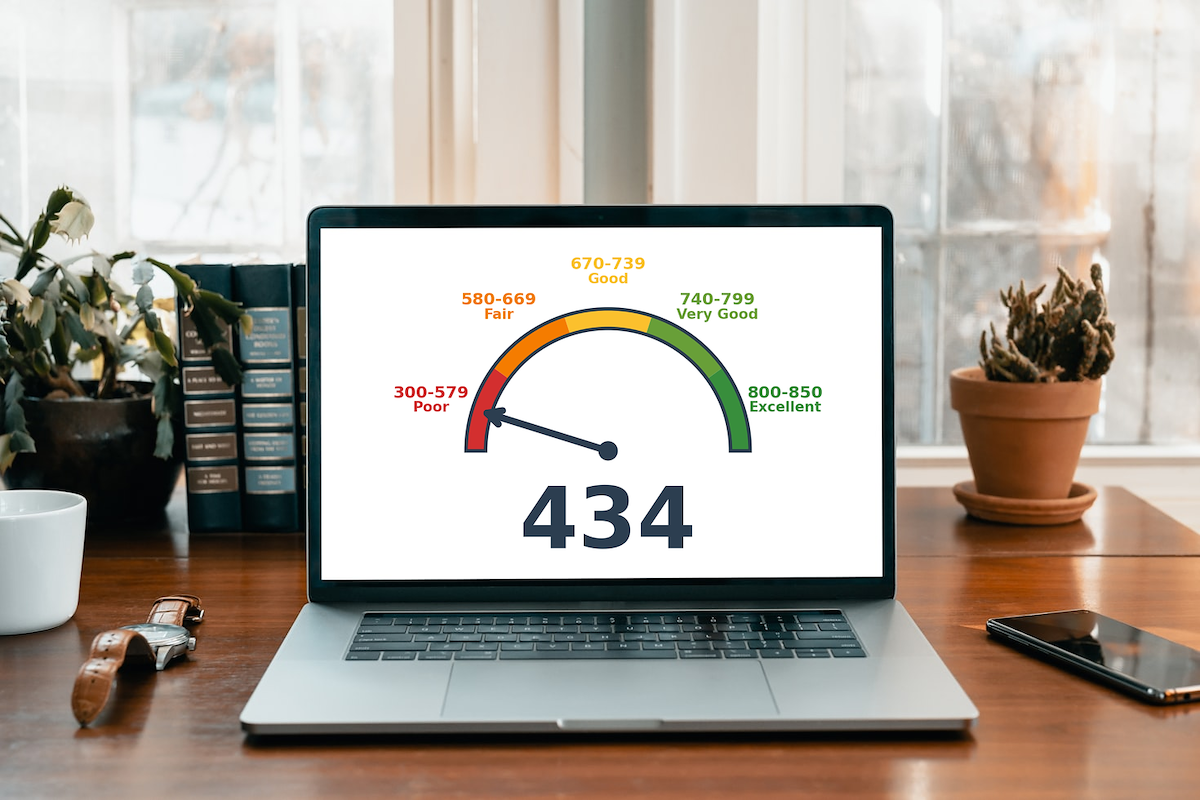
Kudos has partnered with CardRatings and Red Ventures for our coverage of credit card products. Kudos, CardRatings, and Red Ventures may receive a commission from card issuers. Kudos may receive commission from card issuers. Some of the card offers that appear on Kudos are from advertisers and may impact how and where card products appear on the site. Kudos tries to include as many card companies and offers as we are aware of, including offers from issuers that don't pay us, but we may not cover all card companies or all available card offers. You don't have to use our links, but we're grateful when you do!
420 Credit score: What You Need to Know in 2025
July 1, 2025

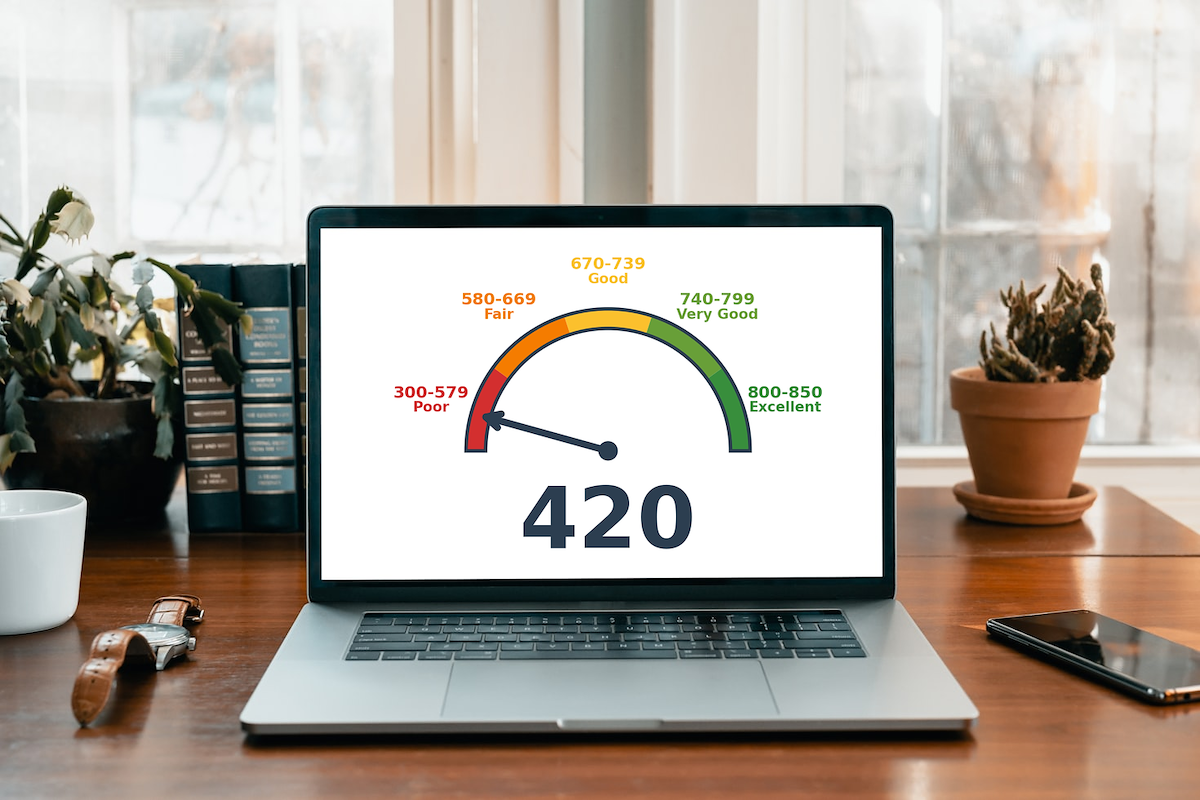
TL;DR
A 420 credit score presents a significant opportunity for growth, as it is considered within the “Poor” FICO score range. Recognizing this starting point is the first step toward building a stronger credit history and unlocking better financial products.
What Does a 420 Credit Score Mean?
A credit score of 420 places you squarely in the "poor" credit range according to most scoring models, like FICO. Scores in this category, which typically run from 300 to 579, signal to lenders that you may be a high-risk borrower. This classification can significantly influence your financial opportunities and the terms you're offered for any credit-based products.
With a 420 score, you'll likely face challenges securing new credit, whether it's a credit card, auto loan, or mortgage. Lenders may deny applications outright or approve them with steep interest rates and unfavorable terms. While this can feel discouraging, understanding where you stand is the first step toward building a healthier financial future.
Who Has a 420 Credit Score?
While age isn't a direct factor in credit scoring, average FICO scores show a clear upward trend across generations as of the third quarter of 2023:
- Generation Z (ages 18-26): 680 (Good)
- Millennials (ages 27-42): 690 (Good)
- Generation X (ages 43-58): 709 (Good)
- Baby Boomers (ages 59-77): 745 (Good)
- Silent Generation (ages 78+): 760 (Very Good)
Credit Cards With a 420 Credit Score
A credit score of 420 falls into the "very poor" range, which can significantly hinder your ability to qualify for a credit card. Most lenders view this score as a high-risk indicator, making them hesitant to extend credit due to concerns about potential defaults. Consequently, you'll likely face rejections for traditional, unsecured credit cards and may need to explore options specifically designed for individuals with challenging credit histories.
Kudos offers AI-powered tools, like its Explore Tool, that analyze your financial preferences to help you find the right credit card for your situation. With a database of nearly 3,000 cards, the platform provides personalized recommendations and insights on how a new card might impact your credit, helping you find an option to build credit responsibly.
Auto Loans and a 420 Credit Score
A 420 credit score places you in the deep subprime borrower category, which makes getting approved for an auto loan challenging. If you do secure a loan, you will face significantly higher interest rates than applicants with stronger credit profiles.
According to a 2025 analysis of auto loans, average interest rates break down by credit score as follows:
- Super-prime (781-850): 5.25% for new cars and 7.13% for used cars.
- Prime (661-780): 6.87% for new cars and 9.36% for used cars.
- Non-prime (601-660): 9.83% for new cars and 13.92% for used cars.
- Subprime (501-600): 13.18% for new cars and 18.86% for used cars.
- Deep subprime (300-500): 15.77% for new cars and 21.55% for used cars.
Mortgages at a 420 Credit Score
With a 420 credit score, qualifying for a traditional mortgage is highly unlikely. Most government-backed and conventional loans have minimum score requirements well above this range. For instance, FHA loans require a minimum score of 500, and that’s only with a 10% down payment. According to a guide on mortgage requirements, a score this low makes traditional loan options virtually unavailable, pushing you toward high-risk alternatives like owner financing.
Even if you found a specialty subprime lender, a 420 score would lead to the worst possible loan terms. Expect to face extremely high interest rates, a very large down payment requirement, and higher fees. Your application would also undergo strict manual underwriting, where lenders scrutinize every detail of your financial history to offset the significant risk you present as a borrower.
What's in a Credit Score?
Figuring out what goes into your credit score can feel like trying to solve a complex puzzle, but it generally boils down to a handful of key elements. The most common factors include:
- Your payment history, which tracks whether you pay your bills on time, is the most significant factor.
- Credit utilization, or the amount of credit you're using compared to your total available credit, also plays a major role.
- The length of your credit history demonstrates your experience with managing credit over time.
- Having a healthy mix of different types of credit, such as credit cards and installment loans, can positively impact your score.
- Finally, recent credit inquiries, which occur when you apply for new credit, are also taken into account.
How to Improve Your 420 Credit Score
Don't be discouraged by a low credit score; with consistent, positive financial habits, it is entirely possible to improve your creditworthiness. According to a guide from Kudos, most people can see meaningful changes within three to six months of dedicated effort.
- Monitor your credit reports regularly. This allows you to spot and dispute any inaccuracies or errors that could be unfairly dragging down your score. Catching fraudulent activity early also protects your financial identity as you begin to rebuild.
- Establish automatic bill payments. Your payment history is the single most important factor in your score, so ensuring every bill is paid on time is a critical first step. This builds a reliable track record that lenders want to see.
- Apply for a secured credit card. For those with damaged credit, a secured card allows you to build a positive payment history without the risk of overspending. Your on-time payments are reported to the major credit bureaus, helping to steadily increase your score.
- Reduce your credit utilization ratio. This is the amount of credit you're using compared to your total limit, and keeping it low shows lenders you can manage credit responsibly. Even with a small limit, paying down your balance before the statement date can have a significant positive impact.
For help managing your cards and monitoring your progress, the Kudos platform can be an invaluable financial companion.

Supercharge Your Credit Cards
Experience smarter spending with Kudos and unlock more from your credit cards. Earn $20.00 when you sign up for Kudos with "GET20" and make an eligible Kudos Boost purchase.
Editorial Disclosure: Opinions expressed here are those of Kudos alone, not those of any bank, credit card issuer, hotel, airline, or other entity. This content has not been reviewed, approved or otherwise endorsed by any of the entities included within the post.


















